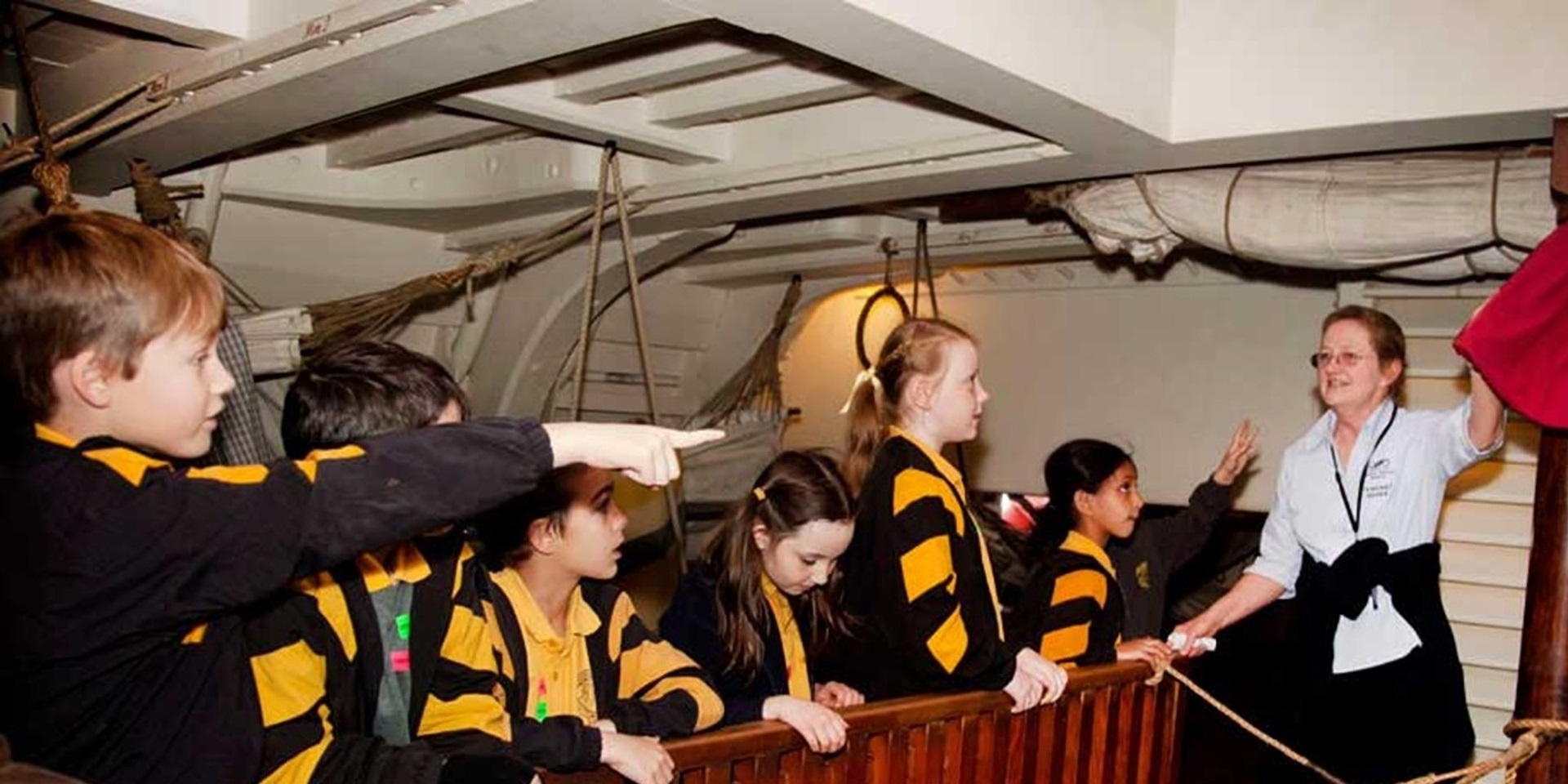Discussion Point – Scientific Collaboration
This discussion point links to Level 4 (years 5–6) ‘General Capabilities – Intercultural Understanding’ and Year 7 ‘Science’. These links are listed at the bottom of the page.
Scientists in the 1700s decided that to learn more about the universe they had to observe the transit of Venus – a rare, but predictable, astronomical occurrence. If the transit of Venus was viewed accurately from different geographical locations around the world, the distance between the Earth and the Sun could be calculated. This would allow scientists and mathematicians to determine the scale of the universe.
The 1761 transit of Venus was eagerly anticipated by the scientific community. Unfortunately the quality of the scientific equipment available was such that the accuracy of the results was questioned. The Royal Society (a large group of highly regarded scientists in London) decided that viewing the 1769 transit of Venus was very important and they started to prepare. These measurements held the key to the universe and if this opportunity was missed it would not arise again until the next transit of Venus in 1874.
The Royal Society petitioned King George III to send a vessel and scientists to view the transit in Tahiti. They also set up viewing stations throughout Europe. The 1769 transit of Venus provided the opportunity for the first global scientific venture; there were 151 observers across 77 sites across the globe.
With funding from Joseph Banks and King George III of England, HMB Endeavour went to Tahiti. The ship was provisioned with the best scientific equipment for the time. The Royal Society had worked hard between the 1761 and 1769 transits to increase the accuracy of telescopes and other scientific equipment needed (for example, the sextant shown to the right). The French government even made a proclamation to all of its warships not to harm HMB Endeavour because its mission was considered to be for the good of humankind.
Following the 1769 transit of Venus, the data from the 1761 and 1769 transits were combined in one of the first international scientific collaborations. Hundreds of papers were published from many different nationalities. Many English and European scientists estimated the distance between the Sun and the Earth, and they were pretty close to today’s accepted value of 150 million kilometres.
Activity
Scientific collaboration brings together different ideas and knowledge, which is greatly beneficial to scientific progress. In science the more samples or incidents you get, the better your data and the more robust your conclusions. Citizen science is a great way to be part of scientific collaboration, so keep an idea out for some citizen science projects in your area!
If you want to be part of the team cataloguing the biodiversity of Australia (just like Banks!) then look at The Atlas of Living Australia, which is mapping all the different species in Australia. To be part of the Atlas all you have to do is take a photo, identify the species and upload it! The Atlas of Living Australia also provides education packs mapped to the Australian National Curriculum.
Australian National Curriculum Links
General Capabilities Level 4 (years 5-6)
Intercultural Understanding
Recognising culture and developing respect
Explore and compare cultural knowledge, beliefs and practices – describe and compare the knowledge, beliefs and practices of various cultural groups in relation to a specific time, event or custom
Year 7
Science
Science as a Human Endeavour
• Scientific knowledge has changed people’s understanding of the world and is refined as new evidence becomes available (ACSHE119)
• Science knowledge can develop through collaboration across the disciplines of science and the contributions of people from a range of cultures (ACSHE223)
